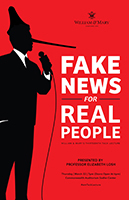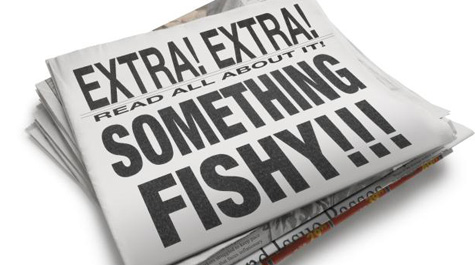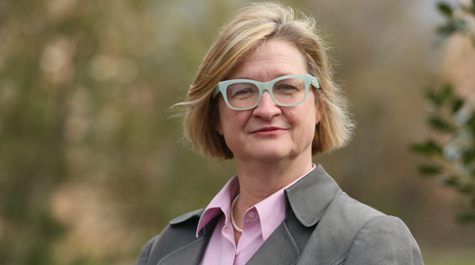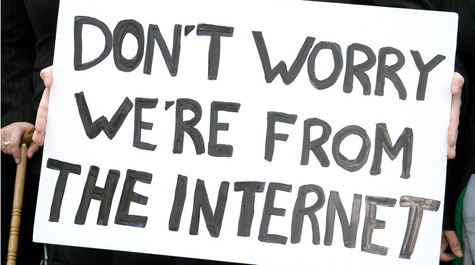Tack Faculty Lecture: Fake news for real people
It may be hard to believe, William & Mary Associate Professor of English and American Studies Liz Losh said, but fake news is hardly a new phenomenon. Equally hard to believe, perhaps, is that it serves a variety of purposes, not just to deceive.
Losh will expound on these issues – and many more -- in her upcoming Tack Faculty Lecture “Fake News for Real People” on March 22, 7 p.m., at the Sadler Center’s Commonwealth Auditorium.
The latest in the biannual series is made possible by a generous commitment by Martha '78 and Carl Tack '78 in April 2012, which created an endowment for the series and its speakers.
The lecture is free and open to the public. Tickets are not required, but space is limited. People who plan to attend should RSVP.
Losh earned an undergraduate degree in English from Harvard and her master’s and Ph.D. from the University of California, Irvine. She has authored four books, with another — Hashtag — soon to be released. Among her areas of interest are public rhetoric, media theory and history, democracy and new media and digital media and learning. Included in her many awards and honors are a Sony Scholar Award in 2011 and the Conference of College Composition and Communication Outstanding Book Award in 2016.
“Fake news isn’t by any means the sole domain of the gullible,” she said. “Fake news isn’t purely a partisan issue. Fake news isn’t exclusively the domain of the alt-right; everyone potentially could spread fake news.
“And it’s actually remarkably easy to fall for a fake news story.”
Losh recalled coming home one evening and finding a pile of a popular candy on the kitchen counter. Her husband had seen a report that the product was soon going to be discontinued, and he wanted to lay in a large supply.
Of course, that wasn’t the case at all.
{{youtube:medium:center|knUdoEQ309o, Attend the Tack Faculty Lecture on March 22 to hear more}}
Fake news encompasses things like The Daily Show and The Onion, satires she said are intended to point out via “news” how institutions serve as political theater.
After Sept. 11, Losh said, a different kind of fake news arose, that of information warfare. It is one that imagines the world as a dark, antagonistic place in which one must have an information weapon. Many conspiracy theories emerge from this form.
Research has shown that given the choice of selecting a real news story or a fake one, people more often will click on the fake story, Losh said. Legitimate media has often unwittingly helped make that decision easier for the public.
“The fact that newspapers of record often offer corrections, sometimes retractions, is an admission of some fallibility,” she said. “It’s often seen as justification for spreading a story that might have true elements but also false ones.”
There’s plenty more about fake news Losh promises to reveal on March 22.

















